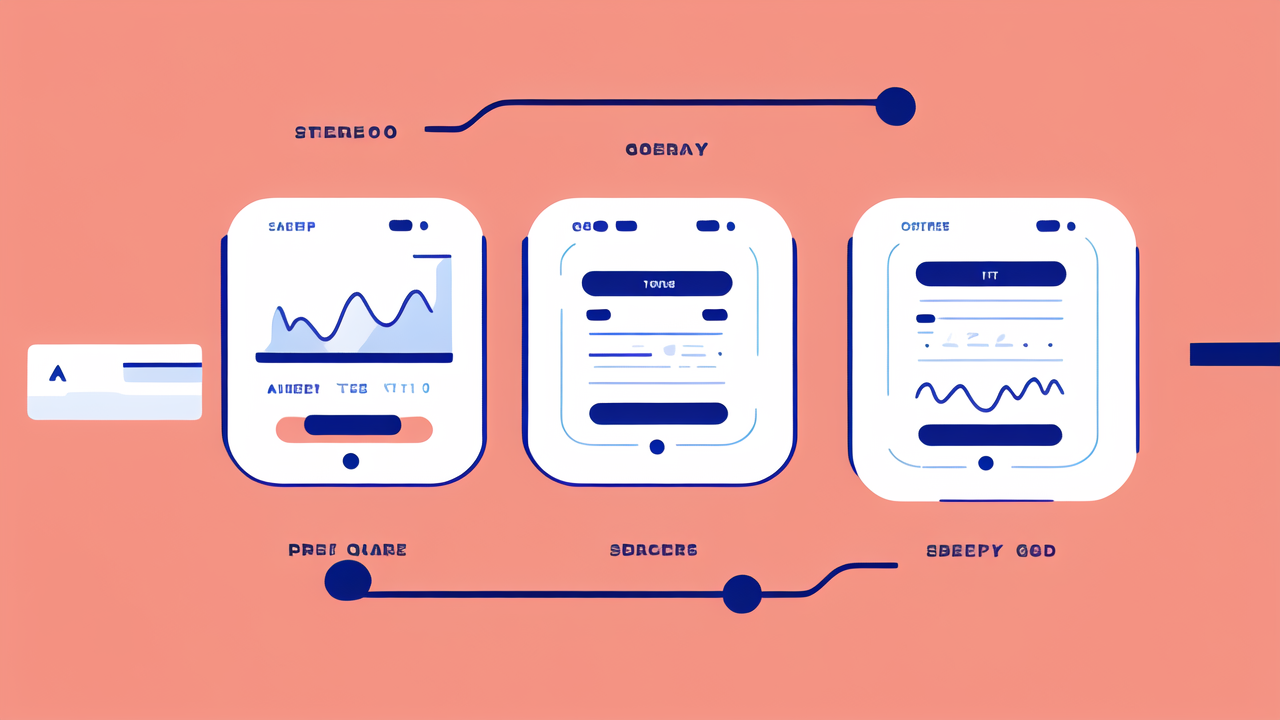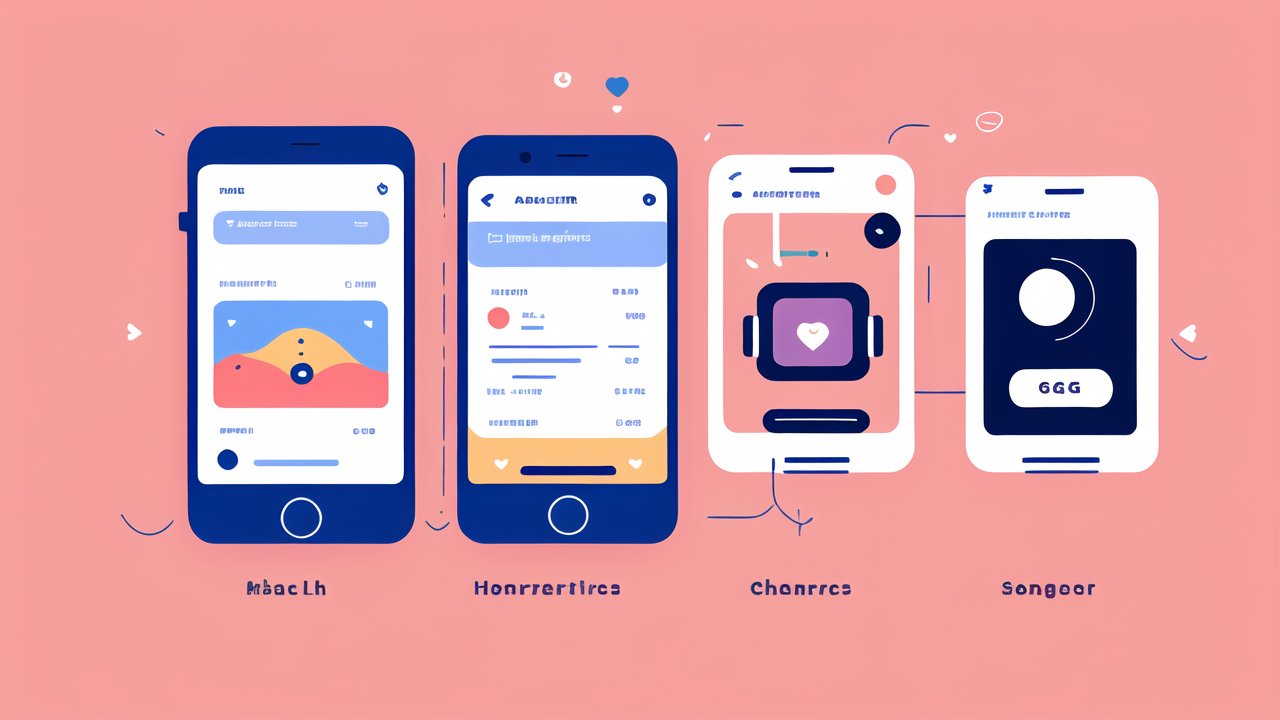The Evolution of Sports Watch Technology in the United States
From analog to smart: A timeline
Sports watches have come a long way. In the 1960s, they were simple timekeepers. The 1970s brought digital displays with basic stopwatches. Heart rate monitors appeared in the 1980s. The 1990s saw more advanced features like lap timers. GPS was a big change in the 2000s. It allowed for accurate tracking of distance and speed. Smartwatches with apps emerged in the 2010s. Now, we have advanced sport tech watches like the Fila smartwatch. These watches can track many health aspects. They measure body metrics and provide real-time data. The Fila smartwatch combines style with high-tech features. It shows how far sports watch technology has come. From simple timekeeping to comprehensive fitness tracking, the evolution has been remarkable.

Key technological advancements in sports watches
Many new technologies have improved sports watches. Water resistance was an early important feature. It let people use watches while swimming. Heart rate monitoring became standard in many models. This helped athletes train in specific heart rate zones. GPS was a big leap for runners and cyclists. It provided accurate data on distance, pace, and routes. Bluetooth connectivity allowed easy syncing with smartphones. New sensors can now track sleep, stress, and blood oxygen levels. The Fila smartwatch incorporates many of these advancements. It offers comprehensive body measurement tracking. This includes heart rate, steps, calories burned, and sleep quality. The watch also provides GPS tracking for outdoor activities. These features make it a powerful tool for fitness enthusiasts.
The impact of GPS and IoT on sports watches
GPS and IoT have transformed sports watches. GPS allows for precise tracking of outdoor activities. Runners can map their routes and monitor their pace in real-time. Cyclists can track their speed and elevation changes. Hikers can navigate trails more safely. IoT connects watches to other devices and the internet. This enables real-time data sharing and analysis. Users can sync their workout data with fitness apps. They can compare their stats with friends or join online challenges. The Fila smartwatch leverages these technologies. It offers GPS tracking for accurate distance and route information. The watch can connect to smartphones for data syncing and notifications. This connectivity enhances the overall user experience. It makes the Fila smartwatch a versatile tool for fitness tracking and daily use.
Market Trends and Consumer Demands for Sports Watches
Analyzing the growth of the sports watch segment
The sports watch market has seen significant growth in recent years. More people are focusing on fitness and health. This has driven demand for wearable tech. Sports watches offer features beyond basic fitness trackers. They appeal to both casual users and serious athletes. The market has expanded to include a wider range of consumers. Many use these watches for everyday health monitoring. Major tech companies and sports brands have entered the market. This has led to more innovation and competitive pricing. The Fila smartwatch is part of this trend. It combines Fila's sports heritage with modern smart features. The COVID-19 pandemic boosted interest in personal health tech. As a result, the sports watch segment continues to grow. Consumers want devices that can track multiple health metrics.

Understanding the profile of the modern sports watch consumer
Today's sports watch users are diverse. They range from fitness beginners to professional athletes. Many are tech-savvy and health-conscious. They value data-driven insights about their health and performance. These consumers often lead active lifestyles. They may participate in various sports or fitness activities. Many are interested in overall wellness, not just physical fitness. They look for watches that fit their personal style. Battery life and durability are important factors. The Fila smartwatch caters to this modern consumer. It offers comprehensive fitness tracking in a stylish package. The watch appeals to those who want both function and fashion. Some users wear their watch as a fashion statement. Others focus purely on its fitness features. Age ranges vary, but younger adults are a key market. Many consumers use their sports watch daily, not just for workouts.
Market segmentation: Casual vs. Professional users
The sports watch market caters to two main groups: casual and professional users. Casual users want basic fitness tracking and smartwatch features. They may use their watch for step counting and occasional workouts. These users often prefer more affordable, user-friendly options. The Fila smartwatch appeals to this group with its easy-to-use interface. Professional users need advanced metrics and greater durability. They may be athletes, coaches, or serious fitness enthusiasts. Pro users want detailed data on performance and recovery. They often choose high-end models with specialized features. Some watches now bridge both segments. They offer advanced features in a user-friendly package. The Fila smartwatch aims to serve both casual and more serious users. It provides detailed fitness data while remaining accessible to beginners. This approach helps brands like Fila appeal to a wider range of consumers.
The Future of Sports Watches in the US Industry
Emerging technologies shaping the next generation of sports watches
New tech is set to transform sports watches. AI and machine learning will offer smarter insights. They'll provide personalized coaching and predictions. Improved sensors will track more health metrics. Some may monitor blood sugar or hydration levels. Flexible displays could allow for larger screens. 5G connectivity will enable faster data transfer and streaming. Augmented reality might offer real-time visual feedback. Solar charging could extend battery life significantly. Voice control is likely to become more advanced. The Fila smartwatch and others will likely adopt these technologies. We may see more accurate body measurement trackers. Watches could offer 3D body scans or composition analysis. Enhanced GPS might provide even more precise location data. These advances will make sports watches more powerful and useful for fitness tracking.

The role of sports watches in health and wellness
Sports watches are becoming key tools for health management. They go beyond just fitness tracking. Many now monitor heart health and detect irregularities. Sleep tracking helps users improve their rest quality. Stress monitoring encourages better mental health practices. Some watches can detect falls and call for help. They're useful for managing chronic conditions like diabetes. Watches can remind users to take medication or stay hydrated. They encourage regular movement and activity. The Fila smartwatch contributes to this trend. It offers comprehensive health monitoring features. Users can track their overall wellness, not just exercise. Integration with health apps provides a fuller picture of one's health. As features improve, these watches may become vital for preventive healthcare. They could help users identify potential health issues early.
Predicting the next big thing in the sports watch market
The future of sports watches looks exciting. We may see more focus on mental health features. Watches could help manage stress and mood. Better battery tech might allow for weeks of use. More watches may offer cellular connectivity. This would free them from needing a smartphone. Advanced materials could make watches more durable and lightweight. Customization options may increase, both in hardware and software. We might see more specialized watches for specific sports. Integration with smart clothing could provide even more data. Improved data privacy and security will likely be a priority. The Fila smartwatch and similar devices may evolve in these directions. They could offer more personalized fitness plans based on user data. Enhanced body measurement tracking might become standard. The line between smartwatches and sports watches may blur further. These devices could become essential tools for personal health management.




Leave a comment
This site is protected by hCaptcha and the hCaptcha Privacy Policy and Terms of Service apply.